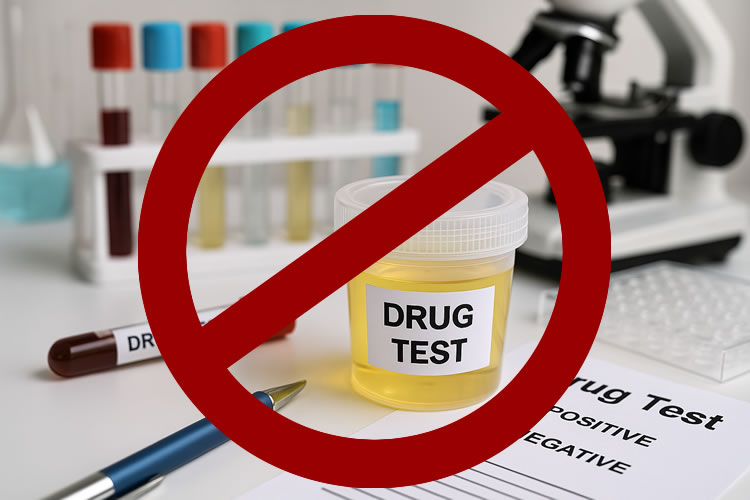If you’ve ever been told your cholesterol is “too high” and handed a prescription for a statin, you’re not alone. But what if the story your doctor—and the glossy drug ads—tells about cholesterol isn’t the whole picture?
Dr. Ken Berry, a family physician, and Dr. David Diamond, a PhD neuroscientist turned cardiovascular researcher, argue it’s not just incomplete—it may be flat-out wrong. In a recent discussion, they pulled back the curtain on what cholesterol tests really measure, why LDL and HDL aren’t “cholesterol” at all, and how focusing on them might distract from more meaningful indicators of heart health.
LDL, HDL, and Triglycerides: What They Really Are
When your doctor orders a cholesterol test, what you’re really getting is a “lipid panel”—a snapshot of the fats and fat-carrying particles in your blood. It lists four main things:
- LDL (Low-Density Lipoprotein): Often called “bad cholesterol.” LDL particles carry cholesterol through your blood. High levels are linked to plaque buildup in arteries.
- HDL (High-Density Lipoprotein): Called “good cholesterol.” HDL helps shuttle cholesterol away from arteries and back to your liver for recycling or disposal.
- Triglycerides: A type of fat your body uses for energy. High triglycerides are tied to metabolic problems like insulin resistance.
- Total Cholesterol: A single number adding up the cholesterol carried by LDL, HDL, and other particles.
But here’s the first surprise: LDL, HDL, and triglycerides aren’t cholesterol. They’re vehicles—lipoproteins and fats—that transport cholesterol, a waxy substance your body needs to build cells and make hormones. Cholesterol itself isn’t floating around free in your blood.
Why Your “Cholesterol Numbers” Aren’t as Direct as You Think
A standard lipid panel doesn’t directly measure everything it shows you:
✅ Triglycerides are measured directly with a chemical test.
✅ HDL cholesterol is measured after labs block or remove other particles and then test the cholesterol content inside HDL.
✅ Total cholesterol is measured as the total cholesterol content in all lipoproteins combined.
❌ LDL cholesterol? That’s almost never measured directly. Instead, it’s estimated using the Friedewald formula:
LDL = Total Cholesterol – HDL – (Triglycerides ÷ 5)
This formula assumes a fixed relationship between triglycerides and a type of particle called VLDL (very-low-density lipoprotein). It’s a decent estimate if your triglycerides are normal and you fasted before the test. But if triglycerides are unusually high or low, or you didn’t fast, the LDL number can be off—sometimes by a lot.
In plain terms:
Your lipid panel is not a direct “cholesterol test.” It’s a mix of direct measurements and educated guesses about the cholesterol cargo inside fat-carrying particles.
It’s helpful, but it doesn’t tell the full story about your heart health—especially when it comes to the type and quality of LDL particles, which the basic test can’t see at all.
Why “High Cholesterol” Isn’t Always Bad
Conventional medicine warns that high LDL leads to clogged arteries and heart attacks. But according to Diamond, the evidence for LDL as a direct villain is weaker than most realize.
Studies of people with familial hypercholesterolemia (a genetic condition causing extremely high LDL) show some do have heart attacks young. But intriguingly, others live long, healthy lives. And in older populations, higher cholesterol has even been linked to lower rates of death from infections and cancer.
What’s going on? Diamond argues that LDL plays a vital role in the immune system, helping to neutralize pathogens and repair tissues. In healthy individuals—those without metabolic dysfunction—high LDL may not be harmful at all.
The Real Problem: Damaged LDL and Clotting
Not all LDL is created equal.
- Large, buoyant LDL particles are less likely to cause trouble.
- Small, dense LDL particles, often seen in people with high blood sugar, high triglycerides, and metabolic syndrome, are more likely to oxidize and trigger inflammation.
This distinction isn’t visible in a standard lipid panel. And even then, Diamond suggests the real culprit in heart attacks isn’t cholesterol but hypercoagulation—an overactive clotting system. Elevated clotting factors like fibrinogen and prothrombin have shown a stronger correlation with heart disease than cholesterol itself.
Stress, high blood pressure, and high blood sugar—hallmarks of modern life—can over-activate this clotting cascade, making heart attacks more likely.
🍁 Make a One-Time Contribution — Stand Up for Accountability in Vermont 🍁
Statins: Miracle Drug or Misguided Fix?
If the cholesterol theory is oversimplified, where does that leave statins, the multi-billion-dollar drugs that lower LDL? Berry and Diamond are blunt: for metabolically unhealthy people (with high blood sugar, high triglycerides, and low HDL), statins can offer modest benefits.
But for healthy people with high LDL and no other risk factors? The absolute risk reduction is minuscule—fractions of a percent in large studies. Meanwhile, side effects like cognitive decline, muscle pain, and increased diabetes risk are real.
Diamond cites FDA data and peer-reviewed studies showing statins can double diabetes rates and trigger “non-serious reversible forgetfulness” (read: dementia-like symptoms in some patients).
A Better Predictor: Coronary Artery Calcium
Instead of obsessing over LDL, Berry recommends asking for a coronary artery calcium (CAC) scan. This test detects actual calcified plaque in the arteries, giving a direct measure of cardiovascular risk. People with high LDL but zero CAC scores have dramatically lower heart attack risk than those with visible plaque, regardless of cholesterol levels.
Rethinking Heart Health
So if your cholesterol test comes back “high” after switching to a low-carb, ketogenic, or carnivore diet, should you panic? According to Berry and Diamond, no—especially if your other markers (triglycerides, HDL, A1C, fasting insulin) have improved.
The takeaway? LDL isn’t the enemy. Damaged, oxidized LDL in a stressed, inflamed, sugar-fueled body might be. Focus on metabolic health:
✅ Keep blood sugar low.
✅ Manage blood pressure.
✅ Reduce stress.
✅ Eat nutrient-dense, whole foods—even if they’re high in saturated fat.
As Berry quips, “You’ll probably need to take your pants in a few sizes before you’ll need a statin.”
Dave Soulia | FYIVT
You can find FYIVT on YouTube | X(Twitter) | Facebook | Parler (@fyivt) | Gab | Instagram
#fyivt #HeartHealth #CholesterolMyths #MetabolicHealth
Support Us for as Little as $5 – Get In The Fight!!
Make a Big Impact with $25/month—Become a Premium Supporter!
Join the Top Tier of Supporters with $50/month—Become a SUPER Supporter!










Leave a Reply